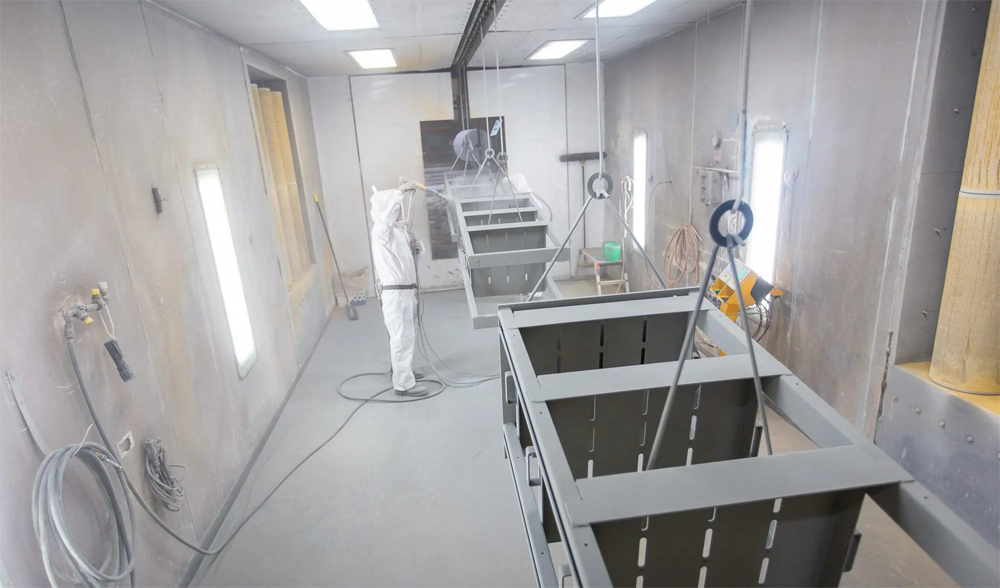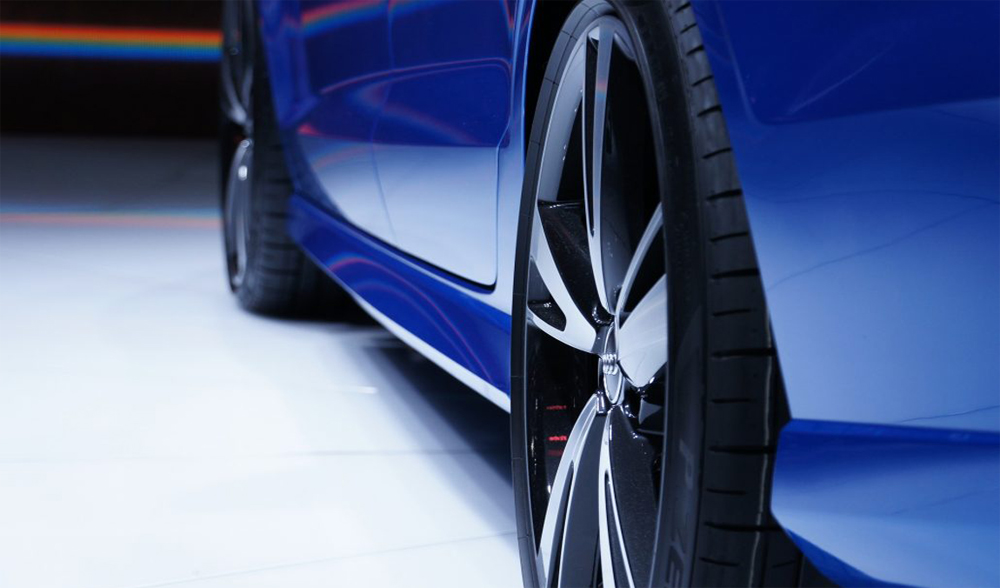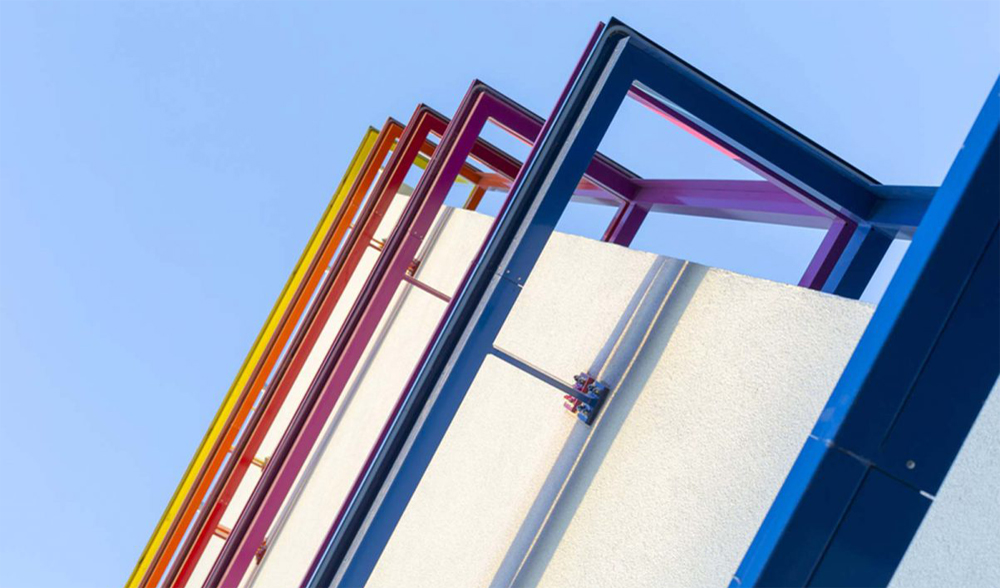The global powder coating market, valued at approximately $13 billion and encompassing around 2.8 million metric tons in volume, remains a formidable segment, claiming about 13% of the industrial coatings industry worldwide. Asia stands as the predominant market contributor, securing nearly 57% of the overall market share, with China alone accounting for approximately 45% of the global consumption. Despite its comparatively smaller size, India’s presence signifies a burgeoning market within the realm of powder coating, exhibiting robust growth.
Breaking down the global market share, Asia-Pacific (APAC) commands the largest portion at 57%, trailed by Europe, the Middle East, and Africa (EMEA) at 23%, and the Americas at 20%. The applicability of powder coating spans across diverse end-market segments, classified into architectural, functional, general industry, and automotive & transportation.

Structure of Powder Coating Industry
Forecasts predict a medium-term compound annual growth rate (CAGR) within the 5-8% range. Unlike other industrial coatings, the powder coating segment displays a fragmented landscape, with the top five players holding a relatively modest 30% market share.
The wide-ranging needs across end markets necessitate tailored approaches to cater to customer demands. While certain segments like automotive and high-end architectural require stringent qualifications and performance adherence, smaller segments thrive on the agility of suppliers due to the straightforward nature of powder technology and lower barriers to entry.
At present, the global landscape comprises a diverse array of over 1,200 companies engaged in powder coating production and sales. Several emerging trends significantly impact this industry:

1. Mergers and Acquisitions (M&A) Dynamics
The powder coating sector, characterized by its fragmented nature, facilitates numerous M&A endeavors. Recent substantial acquisitions include Kansai-Helios-CWS Group, PPG’s acquisitions of Arsonsisi, Worwag, and Alpha Coatings, and AkzoNobel’s acquisition of Stahl’s powder coating business. These strategic maneuvers typically revolve around expanding geographic presence, diversifying product portfolios, and accessing specialized technologies.
2. Powder Coating in Electric Vehicles (EVs)
Anticipating the exponential growth of electric vehicles, the demand for coatings is set to soar, driven by vital necessities such as fire protection, dielectric properties, and thermal management. Powder coating, renowned for their toughness, dielectric strength, and eco-sustainability, emerge as pivotal elements in EV manufacturing processes.
3. Powder Coating in Architectural Applications
A noticeable upswing in demand for hyper-durable powder coating in architectural settings, especially for exterior applications, signals a shift towards considering these coatings as viable alternatives to liquid coatings. Particularly in Europe and North America, these coatings meet rigorous standards for weather resistance and durability.

4. Smart Powder Coating
Coatings embedded with specialized functionalities such as anti-microbial properties, retro-reflection, and anti-graffiti features gain momentum, driven by heightened health awareness and specific requirements across diverse applications.
5. Heat-Sensitive Substrates
Innovations in low-temperature curing technologies have broadened the scope of powder coating to encompass substrates such as MDF, wood, thermoplastics, and composites. Recent acquisitions by major industry players underscore the growing interest in low-temperature curing technologies, signaling promising growth potential in this sector.
These evolving trends underscore a transformative phase in the powder coating industry, spurred by technological advancements, dynamic market needs, and an ever-growing emphasis on sustainable practices.





